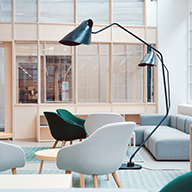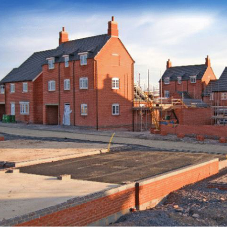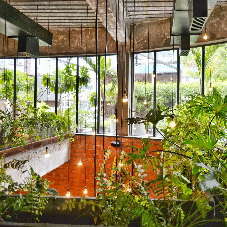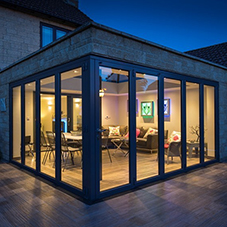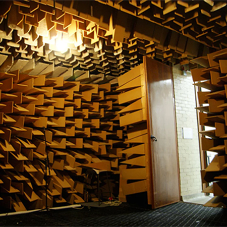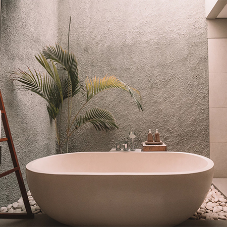The staple of interior design, the wall and floor tiles have been hitting it big with industry enthusiasts for in the few past years according to research by AMA. The market delivered a strong performance between 2014 and 2017 with overall growth of 8%, even if they slowed to around 2% between 2016 and 2017.
Key factors that have underpinned the market over the last 2 years have included strong demand from both contract and residential end-use sectors as well design and innovation trends that have added value to products.
The market has benefitted from returning confidence in the housing market in terms of both new housebuilding and RMI. The “improve not move” trend continues to positively influence the market with householders now rather renovating and relocating, and trading up to higher value products. But it’s not just homes that are seeing this trend! Offices, entertainment and leisure, transport buildings, education and industrial applications have also continued to provide strong demand.
Ceramic and porcelain tiles dominate the product mix, with natural stone accounting for around a fifth value share and the others sector accounting for the remainder. Consumer demand for durable, hardwearing and easy to maintain flooring has benefited the porcelain tiles sector in particular in recent years. A degree of polarisation is still evident at the lower end of the market where white and single coloured ceramic tiles remain popular, while in the mid-upper sectors of the market there is high demand for more decorative ceramic products as well as natural stone and stone and wood effect porcelain tiles.
Textures and design elements have become increasingly important within the market with continuing production and printing innovations allowing manufacturers to easily replicate the appearance of natural materials. In addition, new technologies have meant that production turn-around times have been improved which has resulted in manufacturers being able to supply limited runs of higher value products aimed at the upper end of the market. Patterns and shapes remain a key element of the market with “random lay” decorative tiles for both walls and floors increasingly offered by suppliers.
The market is dominated by imports with penetration rate estimated at around 70% in 2017 with European producers dominating import supply. UK-based manufacturers are under increasing pressure and this is likely to continue as the Brexit process advances. This may result in further corporate activity such as restructuring and the moving of manufacturing bases.
“International trade is a key element of the market given the low number of UK based volume manufacturers but high levels of demand” said Jane Tarver of AMA Research. “Sterling exchange rates are therefore likely to continue to have an impact on pricing into the medium-term as imports become more expensive. However, the ‘openness’ of the UK market to tile imports is unlikely to be reversed into the longer-term given the limited UK manufacturing base”.
Prospects for the floor and wall tile market into the medium-term remain relatively optimistic with the market forecast to grow to around by 7% between 2017 and 2021. Levels of residential RMI are forecast to increase to 2021, despite the economic uncertainty, and the trend for ‘get someone in’ - rather than DIY - is expected to continue benefiting the market.
The outlook for the non-residential construction sector is for only marginal improvement to 2018, followed by annual growth rates of 2-3% to 2021. In part, this reflects the uncertainty regarding the UK’s position post-Brexit, the reduction in business confidence and investment that are likely to affect some key sub-sectors for tiles, such as office construction.

Going forward, the floor and walls tiles market is likely to continue seeing significant competition from other surfacing materials, such as waterproof panels, including thin porcelain panels, LVT and other types of wall and floor coverings as well as the use of prefabricated bathrooms/wet room pods used in the contract sector.
Related Blog Articles



